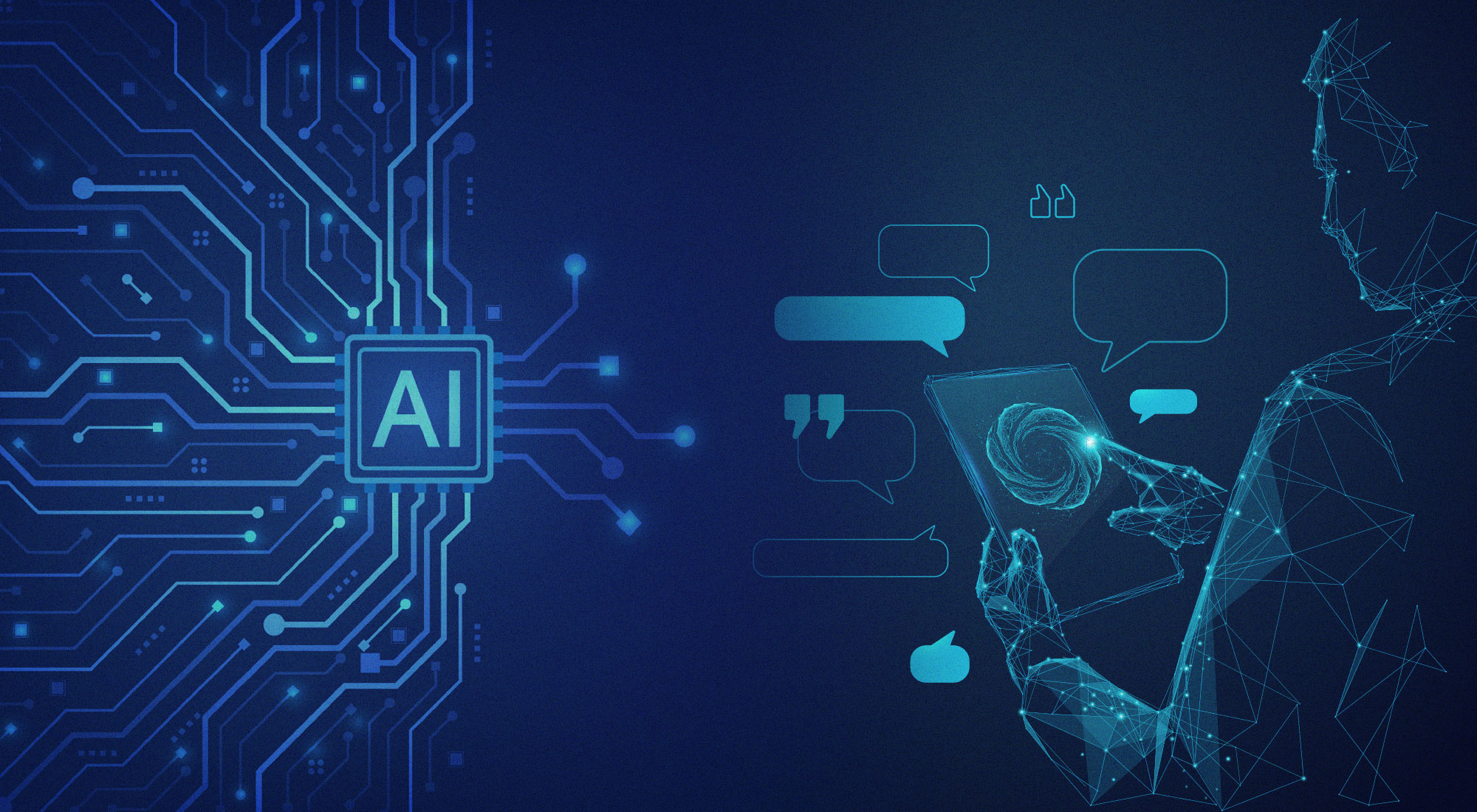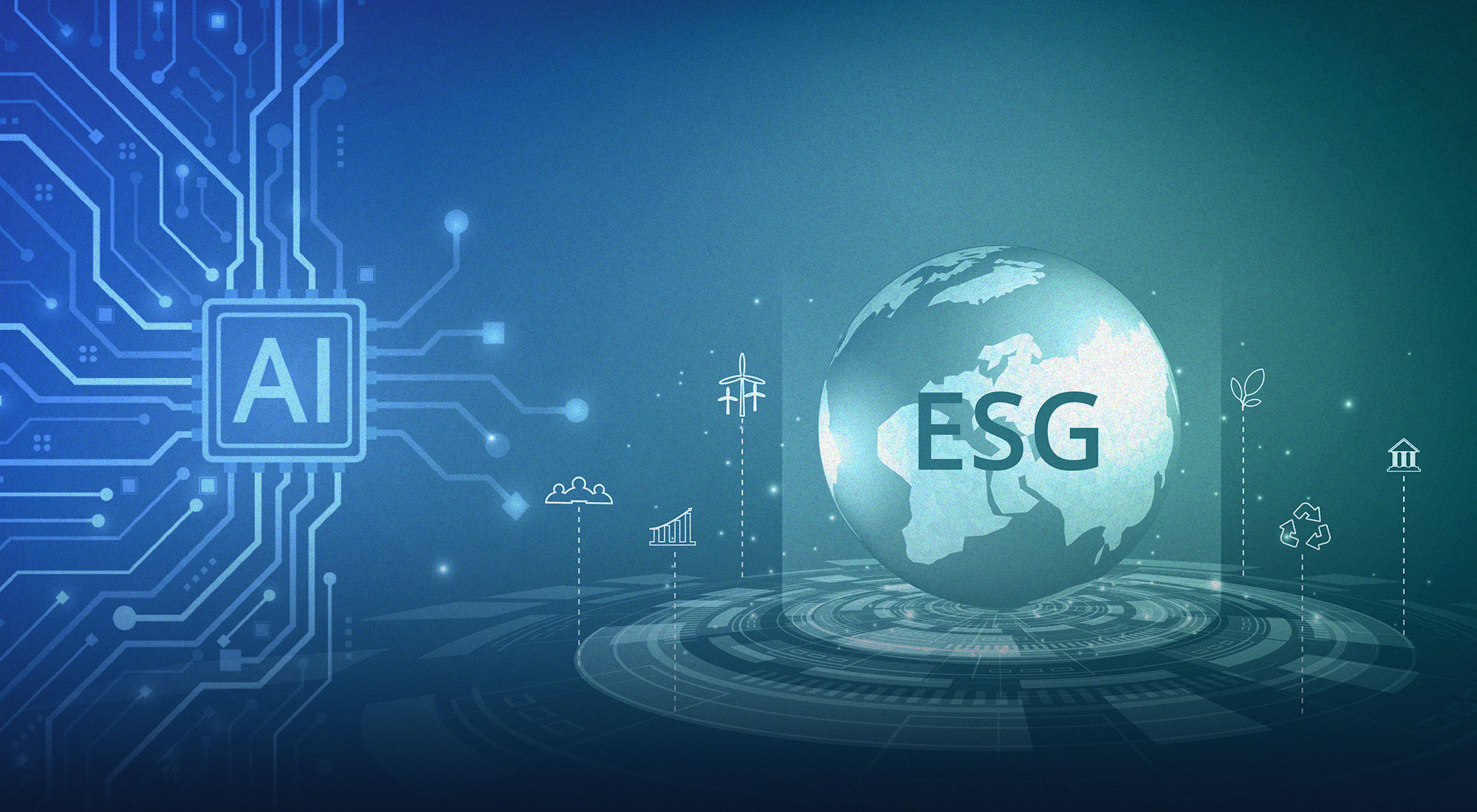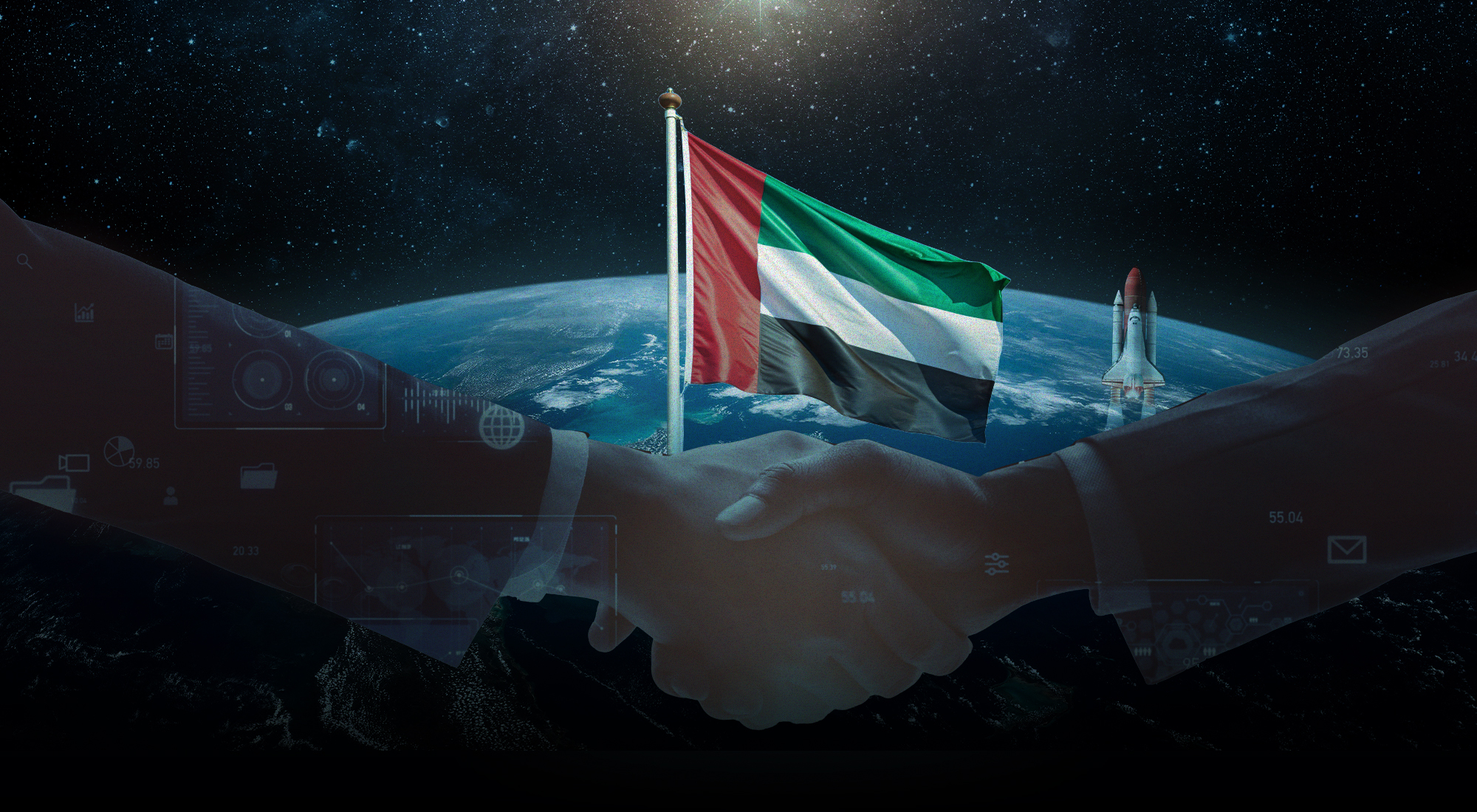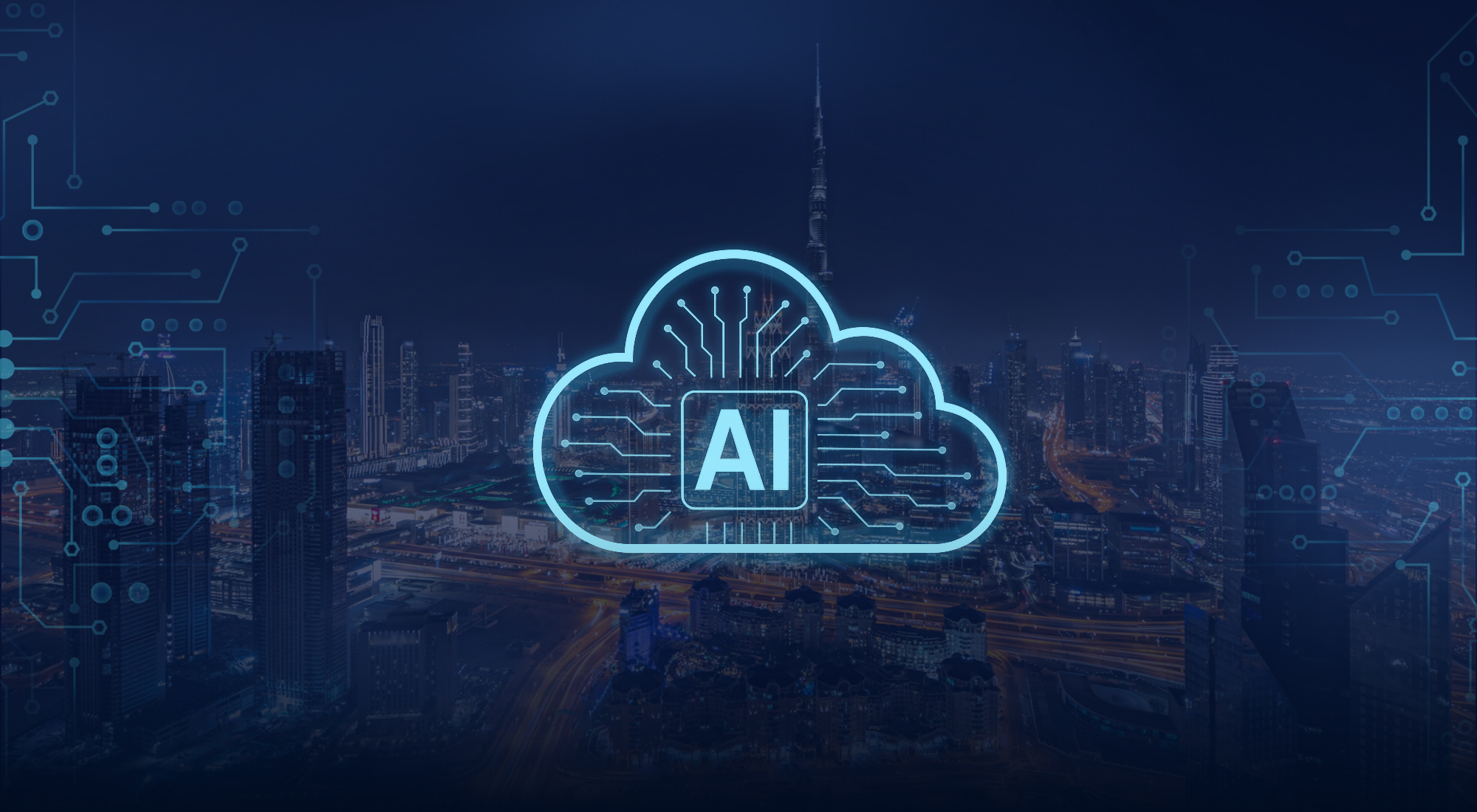The rapid advancement of Artificial Intelligence (AI) has ushered in an era of profound change, reshaping the labor market, and transforming our interaction with technology. As AI-powered virtual assistants become increasingly prevalent in various industries, their pivotal role in boosting productivity and efficiency cannot be overstated. These intelligent machines are adept at managing tasks and streamlining workflows, enhancing workplace performance in ways previously unimaginable.
AI’s integration into the workforce necessitates a significant shift in skills, highlighting the importance of reskilling and upskilling to adapt to the evolving job landscape. The emergence of AI underscores the critical need for workers to acquire new competencies, ranging from technical proficiencies like coding and data analysis to understanding ethical considerations and developing advanced management strategies. Initiatives and programs aimed at teaching these AI-related skills are crucial for preparing individuals and organizations for the AI era.
Real-world success stories of those who have effectively transitioned through reskilling serve as powerful inspirations. These narratives demonstrate how individuals and organizations can navigate the complexities of technological change, leveraging AI to unlock new opportunities and drive growth. The successful adaptation to AI-driven workflows underscores the potential for a workforce that is not only prepared but also empowered to thrive alongside advancing technologies. Moreover, AI’s impact extends beyond efficiency and productivity. Its foray into creative fields showcases its potential to enhance human creativity rather than replace it. In sectors like advertising, media, and entertainment, AI fosters collaboration between technology and human ingenuity, driving innovation and generating more engaging and effective outcomes. This synergy between AI tools and human creativity exemplifies the broader transformative potential of AI across various aspects of work.
This insight delves into the transformative impact of AI on the labor market, exploring how job roles are evolving alongside intelligent machines. It highlights the crucial need for continuous learning and adaptation in the age of AI. By embracing the advancements brought forth by AI-powered virtual assistants, we stand on the cusp of a new era in the labor market. Here, the harmony between human creativity and AI-driven efficiency can unlock unprecedented potential, driving innovation to new heights and fostering a dynamic, productive, and enriched working environment. The future of work, shaped by intelligent machines, promises a landscape where human ingenuity and AI coexist harmoniously, leading to a more interconnected and efficient digital ecosystem.
The Rise of AI-Powered Assistants: Boosting Productivity and Efficiency
How are AI-powered virtual assistants integrated into different industries?
AI-powered virtual assistants have been seamlessly integrated into various industries, fundamentally transforming how tasks are executed and enhancing overall productivity. In the healthcare sector, these virtual assistants streamline the scheduling of appointments, manage patient records, and even assist in preliminary diagnostics by answering patient queries and providing health-related information.[1] [2] The financial industry leverages AI-powered virtual assistants to expedite customer support services, detect fraudulent activities, and perform complex financial analyses, thereby ensuring both efficiency and security in financial transactions.[3] Education is another domain where virtual assistants are making significant strides; they help manage administrative tasks, provide personalized learning experiences to students, and assist educators in creating and organizing educational content.[4] The versatility and adaptability of these AI tools make them indispensable across different sectors, as they can be tailored to meet specific needs and preferences, thereby enhancing the user experience and operational efficiency.[5] The integration of advanced AI algorithms allows these virtual assistants to understand natural language, learn from interactions, and continuously adapt to individual user preferences, which further cements their role as essential tools in modern workplaces.[6] [7] This widespread adoption underscores the necessity for industries to invest in and develop AI-powered virtual assistants, not only to stay competitive but also to foster a more interconnected and efficient digital ecosystem.[8]
What real-world examples demonstrate the effectiveness of AI assistants in managing tasks?
A pertinent example of AI assistants’ effectiveness in managing tasks can be observed in large corporations, where AI tools automate repetitive administrative duties, significantly boosting productivity. For instance, companies like IBM and Microsoft integrate AI assistants to schedule meetings, organize emails, and manage data entry, allowing employees to focus on more strategic work that drives innovation and growth.[9] These AI systems not only prioritize workloads but also reduce the risk of human error, thereby enhancing the overall work environment.[10] In professional settings, AI assistants enable employees to redirect their efforts toward complex tasks, effectively increasing the agility and adaptability of the workplace.[11] [12] By automating these mundane tasks, employees can meet deadlines with greater ease and efficiency, ultimately leading to higher organizational productivity.[13] This redistribution of labor also supports decision-making processes, as leaders are empowered with more time to focus on value-added activities.[14] Thus, the implementation of AI assistants in corporate settings exemplifies how these tools can transform workplaces by enhancing efficiency, accuracy, and innovation.
In what ways have AI technologies improved productivity and efficiency in the workplace?
Beyond automating repetitive tasks, AI technologies have significantly improved workplace productivity and efficiency by streamlining complex processes and providing real-time data analysis. For instance, AI-powered tools can analyze vast amounts of data swiftly, delivering actionable insights that enable employees to make informed decisions faster.[15] This capability not only reduces human error but also allows for more strategic allocation of resources, driving overall productivity.[16] Moreover, AI technologies offer individualized help by understanding user preferences and needs, which further enhances the employee experience and boosts efficiency.[17] This personalized interaction with AI assistants means that employees can focus on more creative and value-added activities, knowing that routine tasks are handled efficiently.[18] Furthermore, advancements in natural language processing and machine learning have made AI assistants more intuitive, enabling them to respond to human queries with greater accuracy and nuance. This evolution means that employees can rely on AI to handle increasingly complex tasks, thus freeing up their time for more critical work activities.[19] In essence, the integration of AI into workplace operations is not just about automation but also about fostering innovation and creating an environment where human potential can be maximized.[20]
Reskilling for the AI Era: Preparing the Workforce for Tomorrow
What are the key skills necessary for the workforce to adapt to AI advancements?
The integration of AI into the workforce necessitates a multifaceted skill set that combines both technical and non-technical proficiencies. At the forefront is the need for proficiency in data and digital literacy, as these foundational skills enable employees to effectively interact with AI tools and understand their outputs.[21] However, technical prowess alone is insufficient. Employees must also leverage their existing experience, knowledge, and critical thinking abilities to make informed decisions when utilizing generative AI, recognizing that these tools offer potential solutions rather than absolute truths.[22] Moreover, the importance of soft skills such as creativity and collaboration cannot be overstated, as these human attributes will be crucial in navigating the evolving AI landscape and working alongside AI systems to foster innovation and problem-solving.[23] Thus, a successful adaptation to AI advancements requires a holistic approach to skill development, encompassing ongoing training and lifelong learning initiatives that empower employees to remain adaptable and flexible amid constant technological evolution.[24] Organizations must prioritize these comprehensive training programs to not only enhance productivity and problem-solving capabilities but also ensure the long-term career success and job security of their workforce.[25]
Which initiatives and programs are effective in teaching AI-related skills?
One of the most effective initiatives in teaching AI-related skills is the integration of generative AI chatbots and personalized learning programs. Generative AI chatbots can provide customized learning opportunities by adapting the content and difficulty level to meet each employee’s specific needs and job roles.[26] This personalization ensures that learners are engaged and can directly apply their new skills to their work, thereby maximizing their job capabilities.[27] Additionally, using AI technologies to enhance the learning experience itself can make training more efficient and effective. For instance, AI-powered platforms can automatically match mentors and mentees based on specific criteria, facilitating targeted skill development and personalized guidance.[28] This approach not only fosters a more in-depth understanding of AI concepts but also facilitates continuous professional development. By moving away from traditional one-size-fits-all training programs and adopting AI-driven, tailored development initiatives, organizations can significantly improve the acquisition and application of AI skills among their workforce.[29] This strategic shift is crucial for companies aiming to stay competitive in the rapidly evolving landscape of AI and technology.
What success stories illustrate the effective transition of individuals and organizations through reskilling?
One notable success story of effective reskilling is seen in the transformation of customer care representatives at a leading telecommunications company. These representatives were initially tasked with handling customer inquiries through traditional methods, which often resulted in long wait times and customer dissatisfaction. As the company integrated generative AI and chatbots into its customer service strategy, it invested in upskilling its workforce to leverage these new technologies. Through targeted training programs, employees learned prompt engineering techniques to efficiently use AI tools, which significantly improved the speed and accuracy of their responses.[30] This strategic move not only enhanced customer satisfaction but also empowered employees with valuable new skills, contributing to their professional growth. Another compelling example involves individuals transitioning from data processing roles to more advanced fields such as web development and data analytics. This transition was facilitated by comprehensive reskilling programs that taught them entirely new skill sets, enabling them to secure new job opportunities and remain competitive in the evolving job market.[31] These stories underscore the importance of businesses supporting their employees through reskilling initiatives to ensure they are well-prepared for future technological advancements.[32] The successful implementation of these programs illustrates that with the right support and training, both individuals and organizations can navigate the complexities of technological change and emerge stronger.
The impact of AI on the labor market is undeniably profound, as highlighted in this analysis of job transformation by intelligent machines. The integration of AI-powered virtual assistants across various industries has revolutionized traditional work processes, leading to increased efficiency, productivity, and innovation. Examples from the financial industry, education sector, healthcare domain, and large corporations illustrate how AI assistants streamline tasks, automate administrative duties, and enable employees to focus on more complex responsibilities. This shift toward leveraging AI tools not only enhances workplace agility and adaptability but also underscores the importance of reskilling initiatives to prepare employees for future technological advancements.
The versatility and adaptability of AI assistants, coupled with their ability to understand natural language and continuously learn from interactions, make them indispensable tools in modern workplaces. AI’s capacity to handle repetitive tasks with precision frees up human workers to engage in creative problem-solving and strategic planning, significantly altering the job landscape. Moreover, the successful integration of generative AI chatbots and personalized learning programs highlights the effectiveness of reskilling efforts in equipping individuals with new skill sets to remain competitive in the evolving job market. This ensures that employees are not left behind but are instead empowered to thrive alongside advancing technologies.
Additionally, the use of AI technologies in corporate settings for real-time data analysis, process streamlining, and decision-making exemplifies how AI assistants can transform workplaces by enhancing efficiency, accuracy, and innovation. The predictive capabilities of AI also allow businesses to anticipate market trends and consumer needs more effectively, providing a competitive edge that is crucial in today’s fast-paced digital economy.
Way Forward
Looking ahead, industries must invest in AI-powered virtual assistants to stay competitive and foster a more interconnected and efficient digital ecosystem. Future research should explore the long-term impact of AI on job roles, address potential biases in AI algorithms, and further enhance the integration of AI technologies to optimize workplace learning experiences. By embracing these advancements, we stand on the precipice of a new era in the labor market, where the synergy between human creativity and AI-driven efficiency can unlock unprecedented potential and drive innovation to new heights. The future of work, shaped by intelligent machines, promises a landscape where human ingenuity and artificial intelligence coexist harmoniously, leading to a more dynamic, productive, and enriched working environment.
[1] “Boosting Productivity: The Rise of AI-Powered Virtual Assistants,” OmniRaza.com January 11, 2024, www.omniraza.com/the-rise-of-ai-powered-virtual-assistants., retrieved June 19, 2024.
[2] Natalie Marina, “AI-Powered Virtual Assistants: Enhancing Workplace Efficiency,” Noty.ai, April 3, 2024, noty.ai., retrieved June 19, 2024.
[3] “Boosting Productivity: The Rise of AI-Powered Virtual Assistants,” op. cit.
[4] Ibid.
[5] Natalie Marina “AI-Powered Virtual Assistants: Enhancing Workplace Efficiency,” op. cit.
[6] “Boosting Productivity: The Rise of AI-Powered Virtual Assistants,” op. cit.
[7] Natalie Marina “AI-Powered Virtual Assistants: Enhancing Workplace Efficiency,” op. cit.
[8] “Boosting Productivity: The Rise of AI-Powered Virtual Assistants,” op. cit.
[9] “The Rise of AI Assistants: Redefining Leadership in the Digital Age,” LinkedIn, March 19, 2024, www.linkedin.com., retrieved June 19, 2024.
[10] “The 9 best AI assistants to increase workplace productivity,” Glean, May 23, 2024, www.glean.com/blog/best-ai-assistants-productivity., retrieved June 19, 2024.
[11] “Boosting Productivity: The Rise of AI-Powered Virtual Assistants,” op. cit.
[12] Natalie Marina “AI-Powered Virtual Assistants: Enhancing Workplace Efficiency,” op. cit.
[13] “The 9 best AI assistants to increase workplace productivity,” op. cit.
[14] “The Rise of AI Assistants: Redefining Leadership in the Digital Age,” op. cit.
[15] Anca Dunavete, “AI in Workplace Technology: Improving Productivity with Chatbots and Virtual Assistants,” Yarooms, May 8, 2024, www.yarooms.com/blog/ai-in-workplace-technology., retrieved June 19, 2024.
[16] Ibid.
[17] “The Rise of AI-Powered Virtual Assistants: Transforming How We Work,” EnableGeek, September 11, 2023, www.enablegeek.com., retrieved June 19, 2024.
[18] Ibid.
[19] Natalie Marina “AI-Powered Virtual Assistants: Enhancing Workplace Efficiency,” op. cit.
[20] Anca Dunavete, “AI in Workplace Technology: Improving Productivity with Chatbots and Virtual Assistants,” op. cit.
[21] Ian Bird, “Reskilling your workforce in the time of AI,” IBM, December 6, 2023, www.ibm.com., retrieved June 19, 2024.
[22] Ibid.
[23] Ibid.
[24] Ibid.
[25] Keith O’Brien and Amanda Downie, “Upskilling and reskilling for talent transformation in the era of AI,” IBM, May 13, 2024, www.ibm.com/blog/ai-upskilling/., retrieved June 19, 2024.
[26] Ibid.
[27] Ibid.
[28] Ibid.
[29] “Ian Bird, “Reskilling your workforce in the time of AI,” op. cit.
[30] Keith O’Brien and Amanda Downie, “Upskilling and reskilling for talent transformation in the era of AI,” op. cit.
[31] Ibid.
[32] “Preparing the workforce for tomorrow’s AI-powered workplace,” techradar, January 11, 2024, www.techradar.com., retrieved June 19, 2024.








